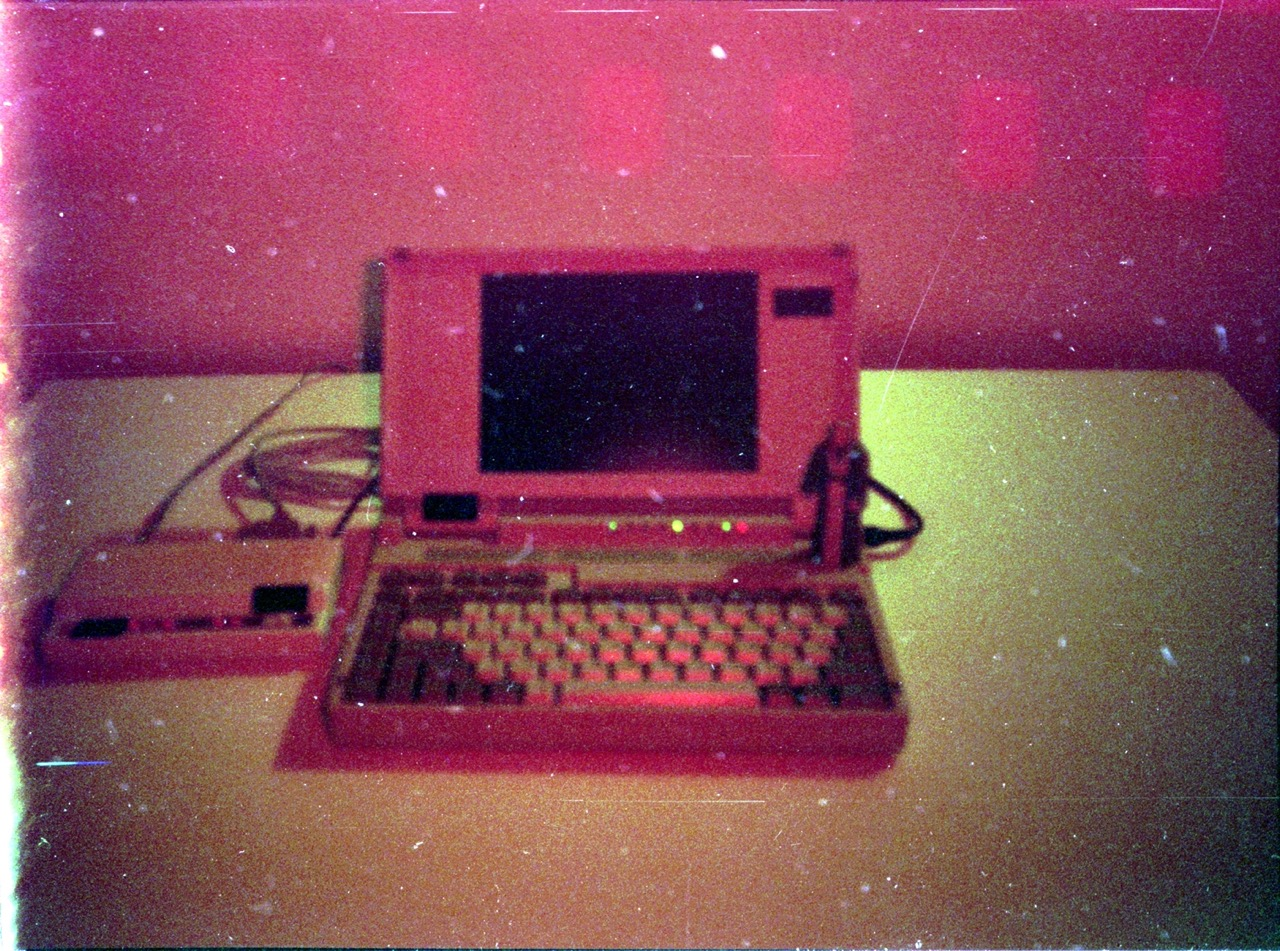

Yes. No taxes on tips is a weird exception that encourages tipping wages. We should be discouraging tipping.


Yes. No taxes on tips is a weird exception that encourages tipping wages. We should be discouraging tipping.


Is this a lost karma bot?


A less intrusive solution would be to just put your sensitive data in LUKS and configure services that use that data to depend on the partition being mounted. That doesn’t require modifying the normal system startup process. You’re less likely to mess up your startup process at the expense of needing to be more mindful about where you’re putting your files.


Tang and Clevis have already been mentioned as a way for one server to boot using another server.
You can also create an environment where the server boots into a phase 1 where it obtains network connectivity and then waits for you to provide it the key to continue booting. The first phase is unencrypted, so don’t put sensitive data in there.


In the 2020s we have new active USB to PS2 dongles like HIDman.
It is bad practice because of point 2 and if you have multiple replicas you can probably get different versions running simultaneously (never tried it). Get Rennovate. It creates PRs to increment the version number and it tries to give you the release notes right in the PR.


Amazing. Is it a trojan?


Is there evidence that this is actually a US government fork of Signal for archiving messages? Maybe they just downloaded some other Signal fork from somewhere else.


That’s interesting. If you’re forking the Signal client to support archiving, you could also remove autoexpiration, the computer linking feature that is used when hijacking somebody’s account, and the ability to invite random people without clearance into your group chats. That would make it a reasonably secure and appropriate tool for communication over public infrastructure. We know they didn’t do at least one of these things.


Didn’t they start doing that decades ago? Did they stop at some point?


deleted by creator
Borg / k8s / Docker are not the same thing. Borg is the predecessor of k8s, a serious tool for running production software. Docker is the predecessor of Podman. They all use containers, but Borg / k8s manage complete software deployments (usually featuring processes running in containers) while Docker / Podman only run containers. Docker / Podman are better for development or small temporary deployments. Docker is a company that has moved features from their free software into paid software. Podman is run by RedHat.
There are a lot of publicly available container images out there, and most of them are poorly constructed, obsolete, unreprodicible, unverifiable, vulnerable software, uploaded by some random stranger who at one point wanted to host something.


VLANs are lower than IP so you don’t need a router to have a VLAN, but you will need a router to get packets between the networks. I don’t think a WiFi repeater works. You likely need separate WiFi client and AP devices so you can put your WiFi on a different channel. Otherwise you’re probably halving your WiFi performance when connecting to the other network over the same airwaves.
Unless you can convince the other network to route your IP addresses, this setup will give you another layer of NAT and may cause problems with online games.


Freedom fries


The only good thing about Trump is that if America survives it will be forced to fix its system of government if it ever wants to become as internationally important as it was just a few months ago again.


It involves buying a politician.


Chances are if you know Chinese you still need to learn some kanji. China uses simplified characters but Japan still uses the older characters.


Tax increases are passed on to the people. Tax cuts are passed on to the wealthy. I’m American so I should know.


First, it’s not possible to use “pure docker” on Windows. Docker is for running additional user mode environments under the same kernel. You can’t run Linux applications under the Windows kernel without WSL1, and WSL1’s Linux implementation does not support the features required for Docker. This is also possible in limited cases with Windows Server, but because of differences in the way Windows works you almost always end up running a second kernel.
WSL2 can be used to run Docker, and in fact that’s how Docker Desktop works since years ago. When you start Docker Desktop it starts a WSL2 distribution under which the containers run. Running Docker from the command line only will not positively change the performance of your containers.
Running other virtualization software, especially VirtualBox, to start a separate Linux VM and running your containers in there is going to be more complicated and give worse performance unless you disable all virtualization-based features of Windows, such as WSL2 and security isolation.
The solution to your memory problem is most likely one of the following:
echo 1 > /proc/sys/vm/compact_memory at a WSL2 prompt or wsl -u root -- bash -c 'echo 1 > /proc/sys/vm/compact_memory' from a Windows prompt. See Memory Reclaim in the Windows Subsystem for Linux 2 for details about what this does.
The start menu being React Native is irrelevant. If it were React in an Edge web view that would be a different story.
Opening the start menu should cause a spike in CPU usage. You want the CPU to open the menu ASAP instead of dragging out the process so the CPU usage is more flat.
But everything in Windows these days is wasting time stealing your data, loading ads or other unnecessary data from cloud services, and interacting with “AI.” Performance is one of the lowest priorities, somewhere between software quality and privacy. Since mid Windows 10, Microsoft consistently replaces things with modernized, but worse, versions and never returns to finish making the new version as good as the previous version that evolved over decades. It’s a really expensive way to ruin a product. They could make a React Native start menu where people wouldn’t complain about the performance. They probably did and people are only noticing now because of a recent regression.